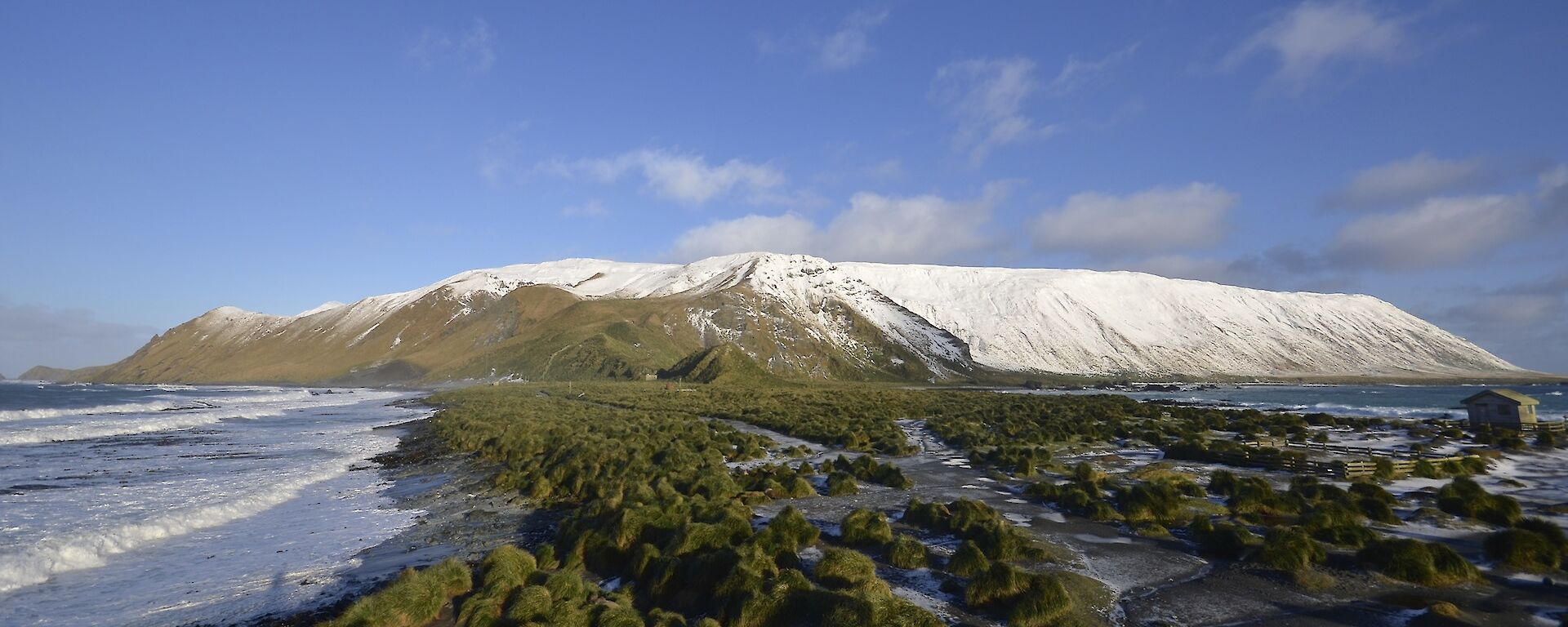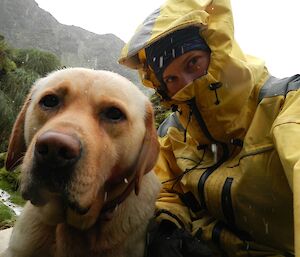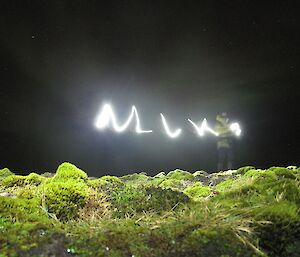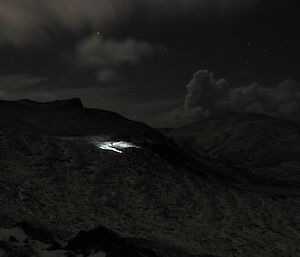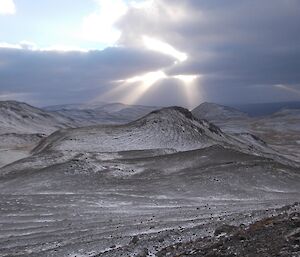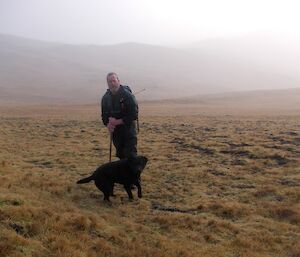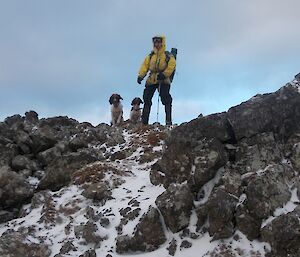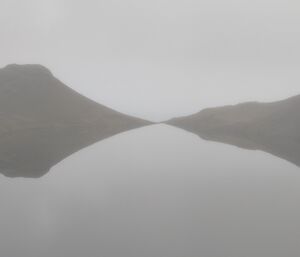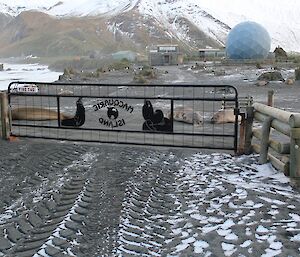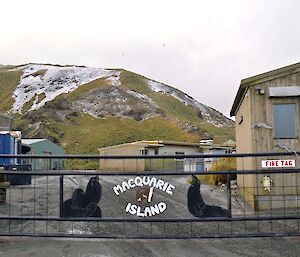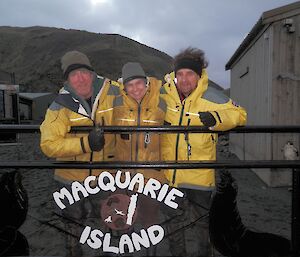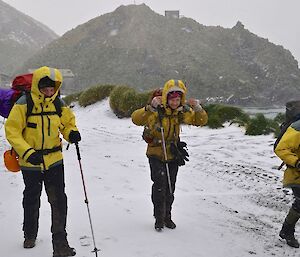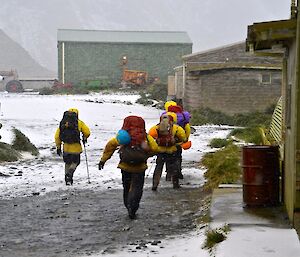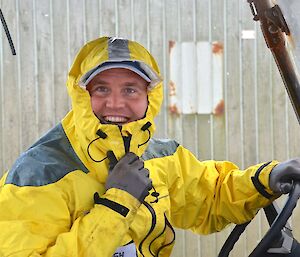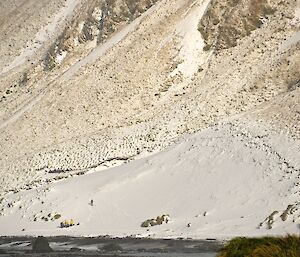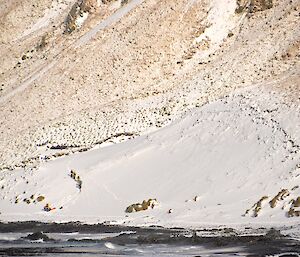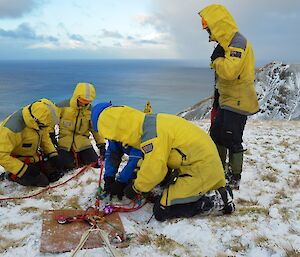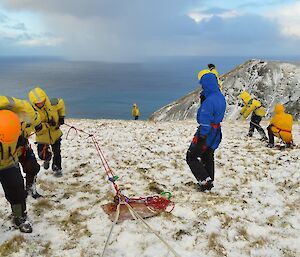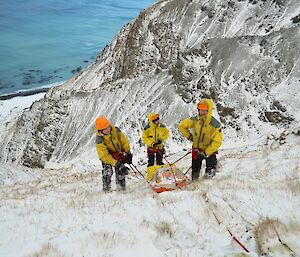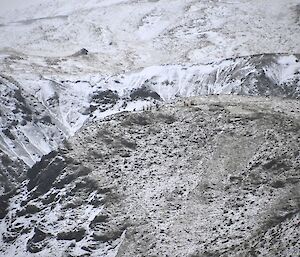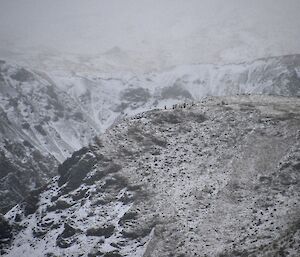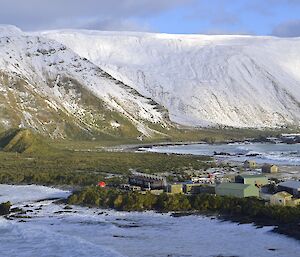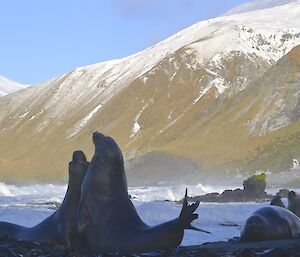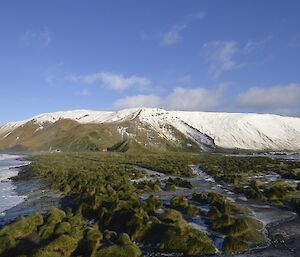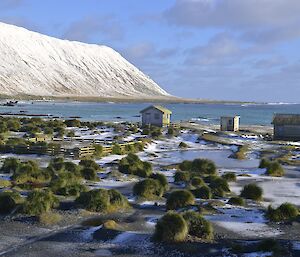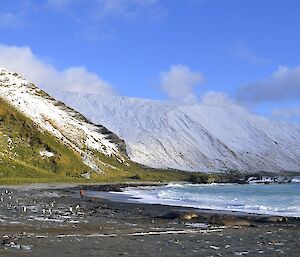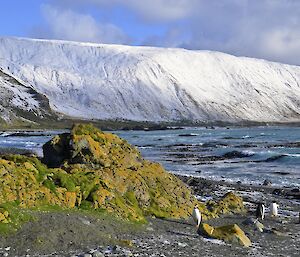Well, it has been four months since the departure from Hobart on the Aurora Australis. Morale is strong as the team focuses on the monitoring phase of the Macquarie Island Pest Eradication Programme, or MIPEP.
It has been almost two years since the last sighting of a live rabbit and we’re carrying on the work done by previous MIPEP teams. What seemed a daunting task to undertake in the rugged environment of Macquarie Island is now an achievable goal in everyone’s mind. Since the monitoring work has started this year we have found mummified remains and skeletons but no fresh sign to date.
Another addition to the project is the post-eradication rodent detection program. Leona and Angela have come from New Zealand with three detection dogs (Cody, Chase & Bail). This team of dogs and humans are putting in a massive effort to cover coastal areas where wildlife have left the island for the winter.
During the winter months the MIPEP team have been utilising the longer nights and focusing on spotlighting as another tool for monitoring. In the hours of darkness MIPEP hunters roam the island in search of eye shine from any elusive rabbit evading their inevitable demise. In the wee small hours, many of the world’s philosophical questions are raised but few are answered.
The next few months we will continue to spotlight before the long summer days return, concentrating on coastal areas before the wildlife come back to breed. We will also revisit areas of post baiting rabbit sign.
Eyes on the ground! Stay strong! Be good to your mother! Take care of your feet! Chew your food more and stretch!
Article courtesy of hunters: Mike Fawcett and Tom Clarke

